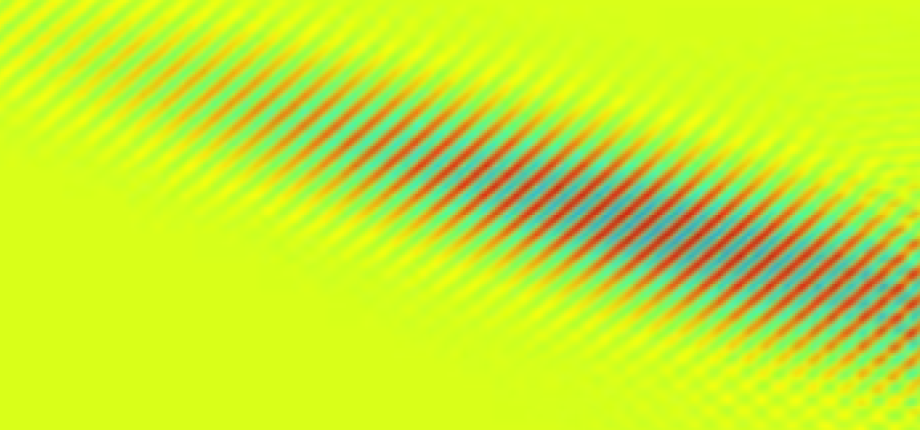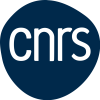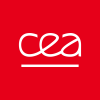TIPS (Théorie & interprétation plasma, simulations)

The TIPS team is conducting theoretical and numerical studies to more deeply understand laser-plasma interaction and laser-created plasma physics, either in support of the experimental work performed by other teams of the laboratory or on its own. Thanks to a variety of codes at its disposal and to its expertise in both HPC techniques (such as adaptive mesh refinement) and physics, TIPS is tackling problems at different spatial and temporal scales, from the macroscopic level (radiative hydrodynamics) to the microscopic one (atomic or plasma kinetics). It is also involved in the development of simulation codes as well as dedicated post-processors or vizualisation tools.
Research topics
Support to experiments
- coupling of rad-hydro and MHD codes to simulate magnetically confined plasmas
- 1D and 2D hydrodynamic studies of laser-driven experiments
- laser smoothing and imprint reduction with a foam layer in the multikilojoule regime
- numerical study of laser amplification by Stimulated Brillouin Backscattering in the strong coupling regime
Others
- detailed (kinetic) investigation of laser-plasma interaction physics in ICF-relevant conditions
- exploration of laser-plasma coupling processes thanks to surface wave excitation
- exploration of new particle acceleration mechanisms at ultra-high intensity
- numerical investigation of not yet demonstrated x-ray laser schemes (inner-shell photo-ionization and recombination)
![]() Several laboratories (LULI, LLR, LPGP, Maison de la Simulation, IDRIS) at the Plateau de Saclay have made a collaborative effort to develop a new PIC code motivated by the CILEX/Apollon project. SMILEI (Simulation of Matter Irradiated by Light at Extreme Intensities) is an open-source, collaborative, C++ PIC code and its first, user-oriented, version (v1.0) is now available online! You can download it from the he GitLab hosted at LLR.
Several laboratories (LULI, LLR, LPGP, Maison de la Simulation, IDRIS) at the Plateau de Saclay have made a collaborative effort to develop a new PIC code motivated by the CILEX/Apollon project. SMILEI (Simulation of Matter Irradiated by Light at Extreme Intensities) is an open-source, collaborative, C++ PIC code and its first, user-oriented, version (v1.0) is now available online! You can download it from the he GitLab hosted at LLR.
After nearly two years of development, SMILEI v1.0 offers some nice features:
- it operate 1D & 2D cartesian geometries,
- the moving-window is available,
- it benefits from a hybrid MPI-OpenMP parallelisation,
- field ionisation is implemented,
- some python diagnostics are available to get a quick look at the simulation results.
We are also currently preparing a user tutorial (or cook-book) and a detailed paper on the code. They will be made available as soon as possible. Note that the code is an open-source project. It is protected by a "licence CeCILL", the french equivalent to the Gnu GPL license for "logiciels libres".
SMILEI in the IDRIS newsletter (May 2016)
For more information, please contact Mickael Grech (LULI) or Julien Dérouillat (Maison de la Simulation).
| Team Composition |
| Caterina RICONDA Anna GRASSI Mickael GRECH Giuseppe NICOTERA Mattys POUYEZ Olwen RERING |




